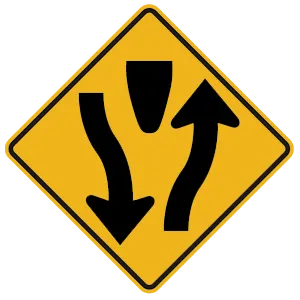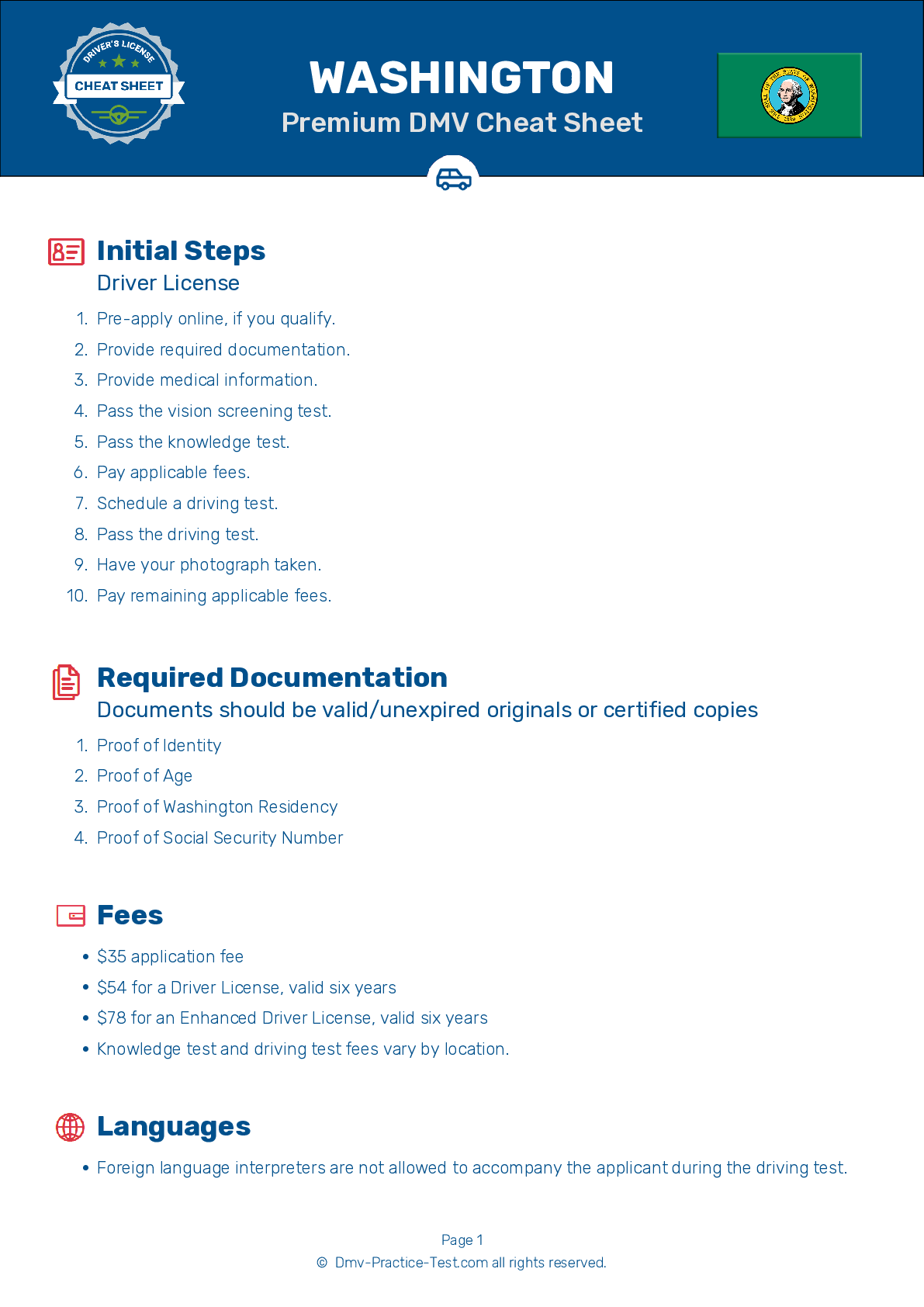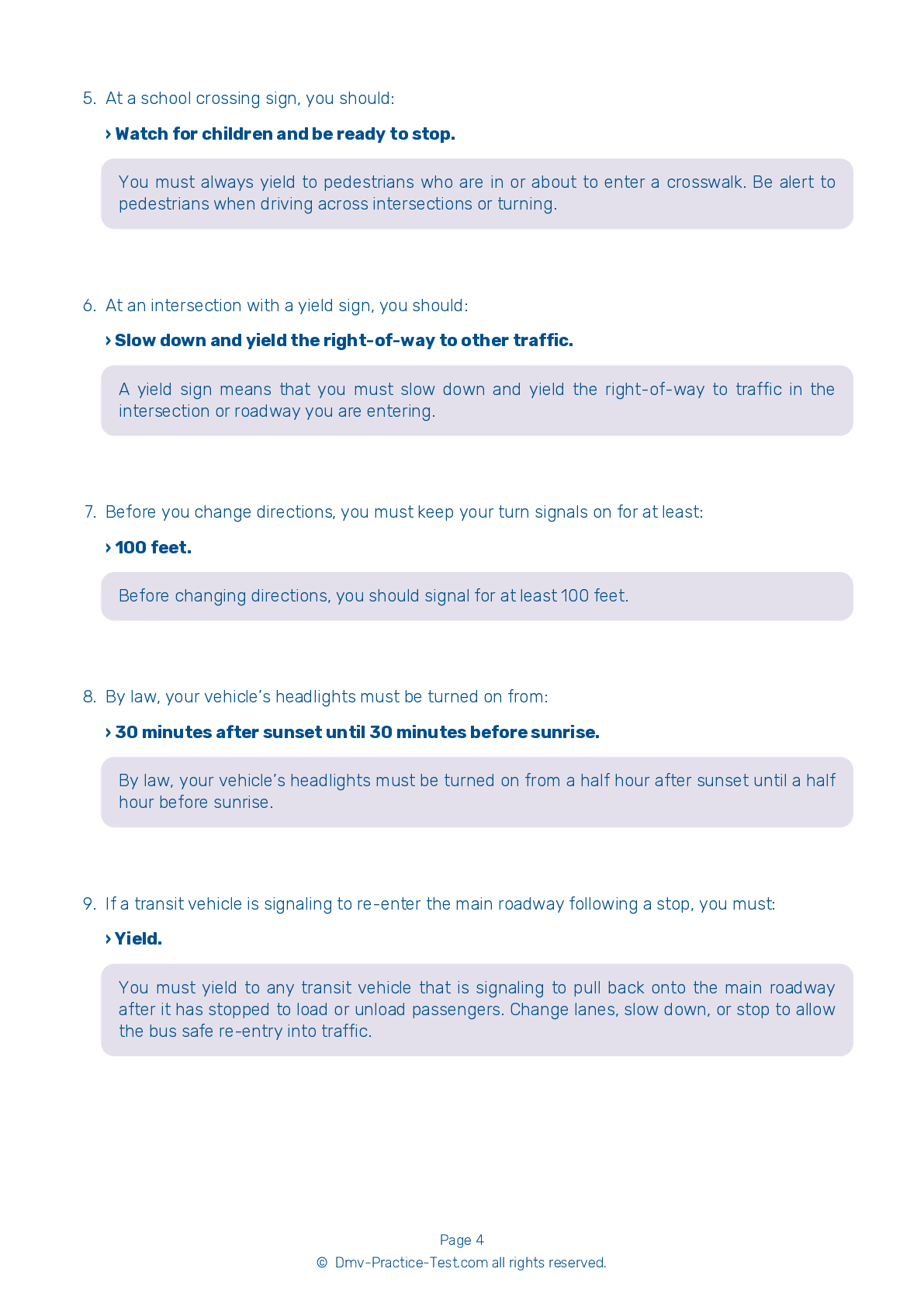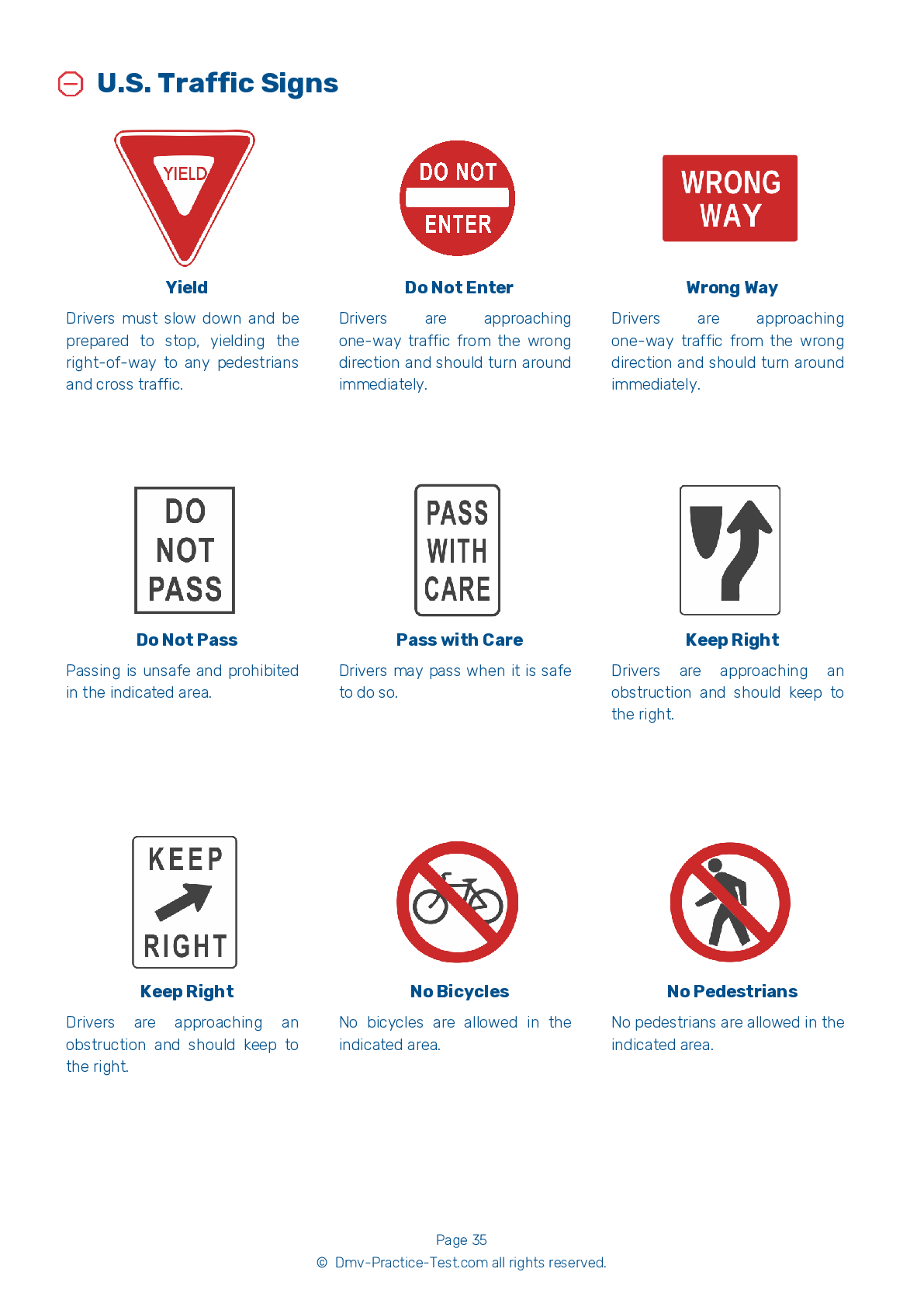FREE Washington DMV Practice Test #14
The Washington DMV practise examinations have been updated for January 2025. It includes questions based on the Washington Driver Handbook's most significant traffic signals and legislation for 2025. Use actual questions that are very similar (often identical!) to the DMV driving permit test and driver's licence exam to study for the DMV driving permit test and driver's licence exam.
On the practise exam, each question gets a tip and explanation to help you remember the concepts. The written component of the official Washington DMV test will feature questions about traffic rules, traffic signs, and driving statutes, as well as knowledge from the Driver Handbook.
To obtain a passing grade, you must correctly answer 20 of the 25 questions. Use the practise exam provided by the Washington Department of Motor Vehicles to help you prepare for your instruction permit or driver's licence.
The DMV exam is available in several languages.
Using any kind of testing assistance will result in an automatic fail, and the DMV may take additional action against your driver's licence, so stay away from it.
1 . In Washington State, an adult above the age of 21 is legally drunk when their blood alcohol content (BAC) is:
You can be arrested for driving with a BAC of 0.08 percent or higher. However, if you are under the legal drinking age of 21, you can be arrested for driving with a BAC of 0.02 percent or higher.
2 . This sign means:

This sign indicates that the road ahead becomes a divided highway. Keep to the right of the divider or median.
3 . Two solid white lines painted across a traffic lane show the boundaries of a crosswalk. As a driver, you should know that:
Crosswalk lines show pedestrians where to safely cross a road or street. Crosswalks may be marked by horizontal lines, vertical lines, or a combination of the two. You must always stop for pedestrians who are in a crosswalk.
4 . What can you do to avoid the need to make emergency stops while driving in traffic?
Keeping a safe following distance will enable you to react to an upcoming problem without the need for a emergency stop, which could cause a driver behind you to crash into the back of your vehicle.
5 . When driving on slippery roads, you should:
On slippery roads, you should increase your following distance. It may take more time to stop your vehicle than it would under normal conditions.
6 . When you are in a line of traffic that is crossing a railroad track that has no signals or gates:
If you are following another vehicle at a railroad crossing, check to make sure you have enough room to get all the way across before you drive onto the tracks. You should never try to pass another vehicle as you approach or cross a railroad crossing. Always check for trains before crossing any railroad tracks.
See the exact questions that will be on the 2025 Washington DMV exam.
99.2% of people who use the cheat sheet pass the FIRST TIME
LT gives us an insight on how the cheat sheet provided her with all the study questions she needed before taking her test.
Joe initially studied with the handbook and failed his test, he eventually found us online, studied and pass his test the first time around.
2025 Washington | Frequently Asked Questions
1. Complete a driver education course if you're under 15 ½.
2. Visit a driver licensing office.
3. Provide proof of identity, Social Security number, and residence.
4. Pass the knowledge test.
5. Pay the required fee.
6. If you're under 18, a parent or guardian must sign the application.
Remember, with a permit, you must always have an adult 21 years or older in the car with you.
1. Not checking mirrors and blind spots.
2. Incorrect signaling or forgetting to signal.
3. Lack of steering control.
4. Improper lane positioning and changing.
5. Not following traffic signs or signals.
6. Inadequate observation at intersections.
7. Speeding or driving too slowly.
8. Failing to yield the right of way where necessary.
Remember, practice is key to overcoming these errors.



